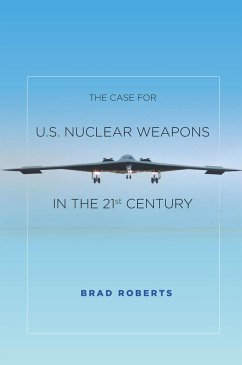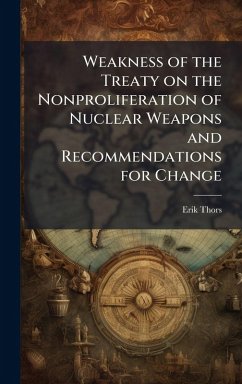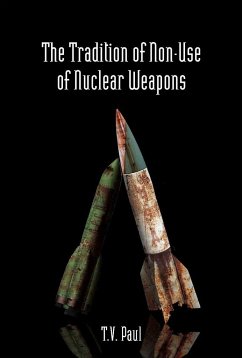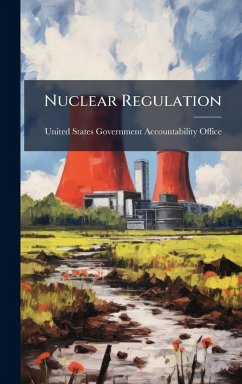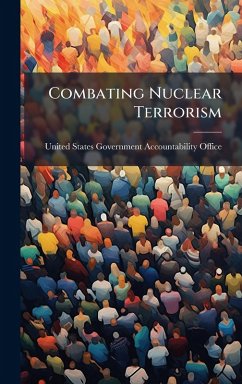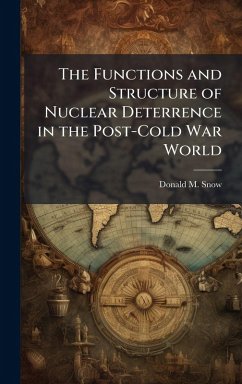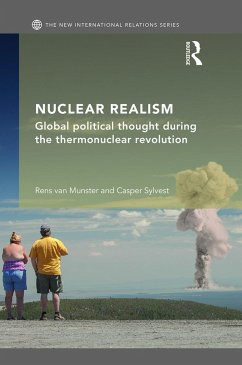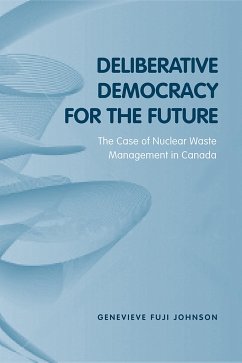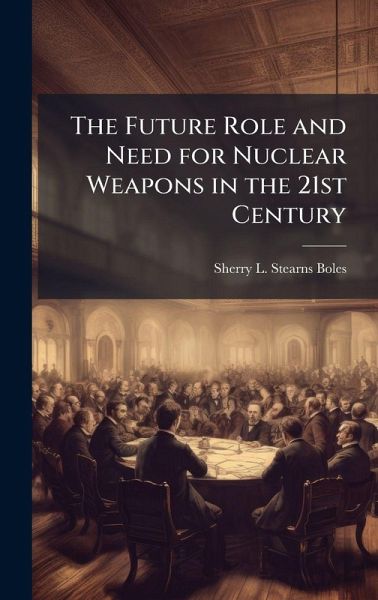
The Future Role and Need for Nuclear Weapons in the 21st Century
Versandkostenfrei!
Versandfertig in über 4 Wochen
28,99 €
inkl. MwSt.
Weitere Ausgaben:

PAYBACK Punkte
14 °P sammeln!
Nuclear Deterrence in the 21st Century Lt Col Stearns-Boles is the Air Force Fellow at Los Alamos National Laboratory and a Senior Developmental Education student in the Air Force's Fellowship program assigned to Air University/CADRE. Key words: Nuclear deterrence Issue. The 2006 Quadrennial Defense Report (QDR) included a vision of tailored deterrence as a capability for enabling homeland defense. This verbiage, and the new deterrence doctrine it foreshadows, indicates a series of U.S. security policy changes regarding how the U.S. will handle its adversaries in the 21st century. Policy maker...
Nuclear Deterrence in the 21st Century Lt Col Stearns-Boles is the Air Force Fellow at Los Alamos National Laboratory and a Senior Developmental Education student in the Air Force's Fellowship program assigned to Air University/CADRE. Key words: Nuclear deterrence Issue. The 2006 Quadrennial Defense Report (QDR) included a vision of tailored deterrence as a capability for enabling homeland defense. This verbiage, and the new deterrence doctrine it foreshadows, indicates a series of U.S. security policy changes regarding how the U.S. will handle its adversaries in the 21st century. Policy makers must realize tailored deterrence is the right doctrine for the new world environment, and a role for nuclear weapons exists within tailored deterrence. Background. Nuclear deterrence is still applicable in today's security environment because it contributes to world stability. Nuclear weapons and their proliferation continued after the end of the Cold War. This work has been selected by scholars as being culturally important, and is part of the knowledge base of civilization as we know it. This work was reproduced from the original artifact, and remains as true to the original work as possible. Therefore, you will see the original copyright references, library stamps (as most of these works have been housed in our most important libraries around the world), and other notations in the work. This work is in the public domain in the United States of America, and possibly other nations. Within the United States, you may freely copy and distribute this work, as no entity (individual or corporate) has a copyright on the body of the work. As a reproduction of a historical artifact, this work may contain missing or blurred pages, poor pictures, errant marks, etc. Scholars believe, and we concur, that this work is important enough to be preserved, reproduced, and made generally available to the public. We appreciate your support of the preservation process, and thank you for being an important part of keeping this knowledge alive and relevant.



